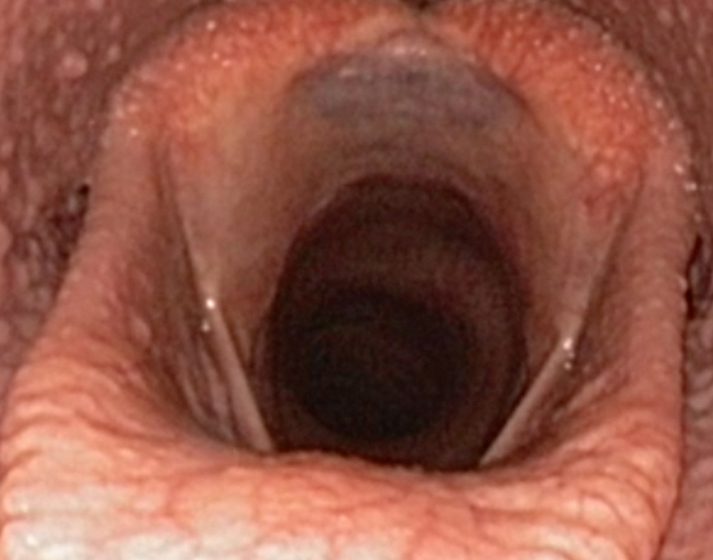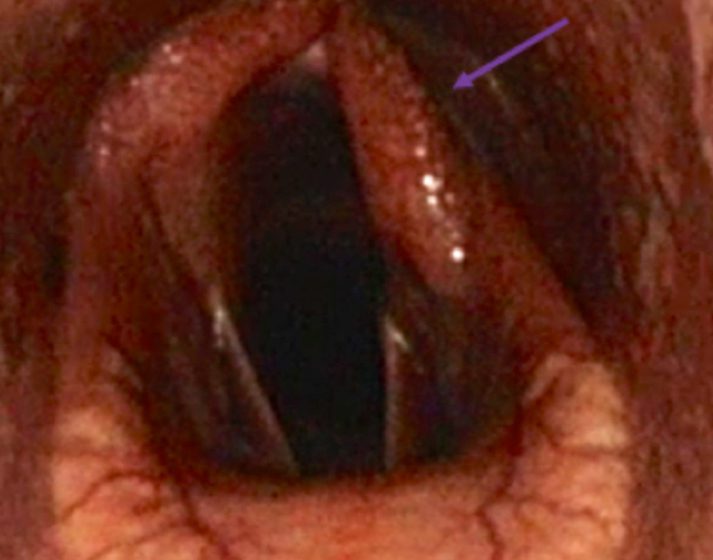Endoscopy is frequently performed to evaluate upper respiratory tract function in the horse. Oxygen demands of high intensity exercise, in particular racing, necessitate optimal delivery of air to the lungs.
If there is any obstruction to the flow of air through the upper respiratory tract this will lead to exercise intolerance or poor performance. Turbulent air flow will also cause respiratory noise and terms such as “roarer” were commonly used to describe horses with abnormal respiratory noise. Videoendoscopy at rest and during exercise has enabled detailed observation and scientific diagnosis of these abnormalities. The significance of these diseases on the performance of racehorses has lead to routine endoscopic examination at yearling sales around the world.


